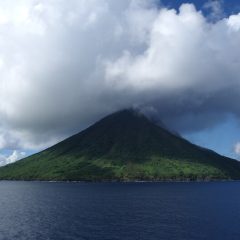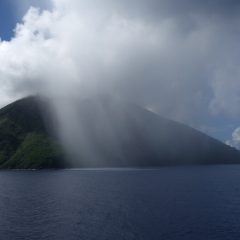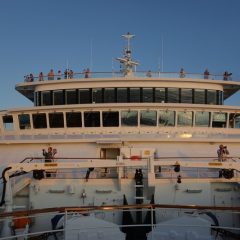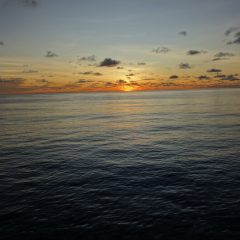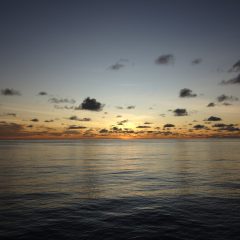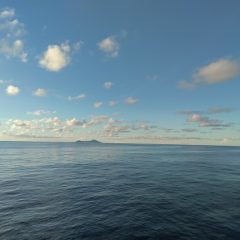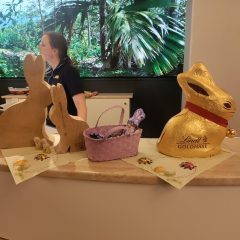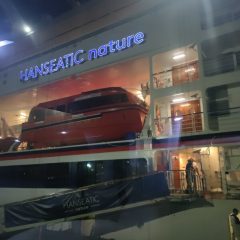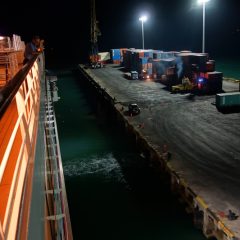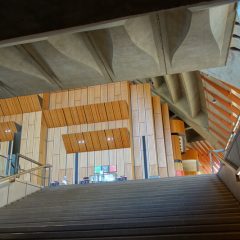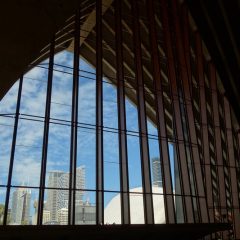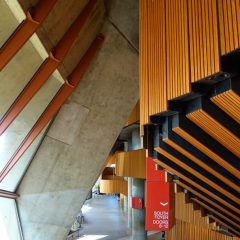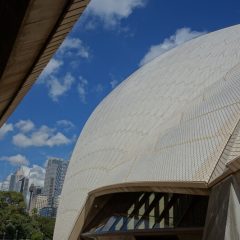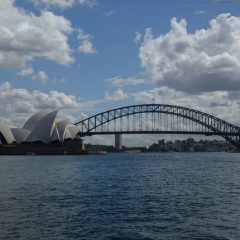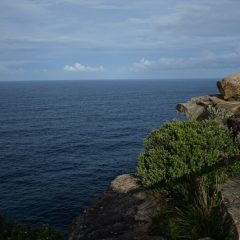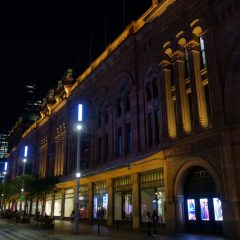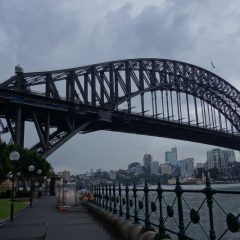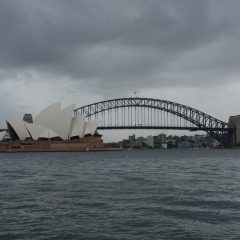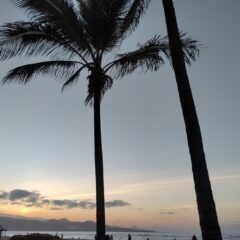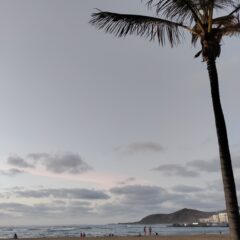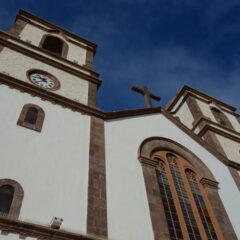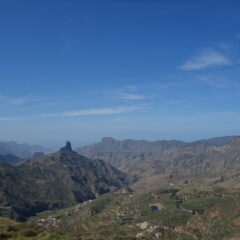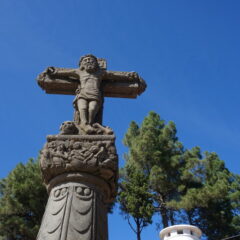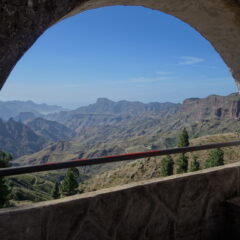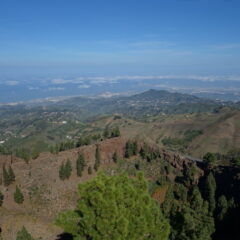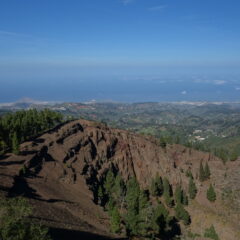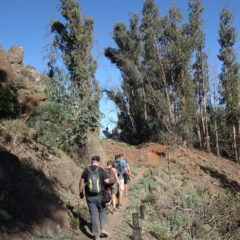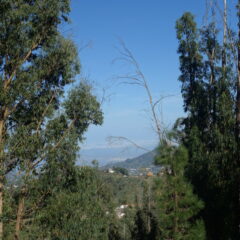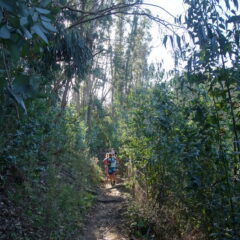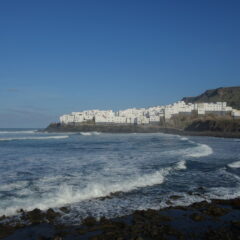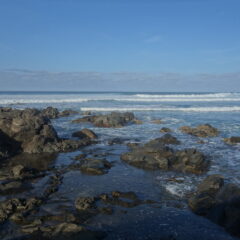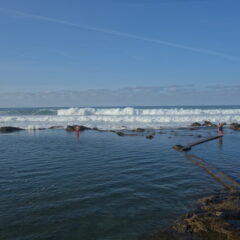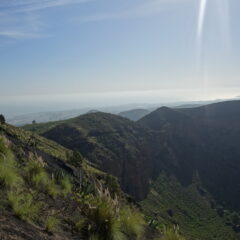Today was the final day of the trip – we still had time in the morning for some final exploration around Las Palmas. I had a latish breakfast and took my time for that; after that I did a bit of walking around town and a final visit to the beach.
As the weather had changed – cooler and windy with the occasional shower – I opted for a museum visit and decided for what turned out the weirdest museum in a while – the Elder Museum of Science and Technology. I guess, it did not help, that I got here on the opening day of a dinosaur exhibition – with the dinosaurs put in with other exhibits (as in T-Rex next to a fighter jet). Well – it served its purpose, I stayed dry and it kept me busy enough.
In the afternoon it was back to the airport, onto a plane – and with a slight delay, we made it back to the November-cool of Germany.
Overall this has been a wonderful trip – the islands did not disappoint, plenty of amazing hikes, a great variety of activities, nice food and drink – plus the best weather possible (unusual for the season), superb guides (a special shout-out to Steffi from “Teneriffa KreAktiv”) and a good group. Also this must have been the trip with the biggest selection of buses.
Overall it is thumbs up here. I am sure, I’ll be back to the Canary Islands – especially as there are still some more islands, to explore and discover. ¡Hasta la próxima!
